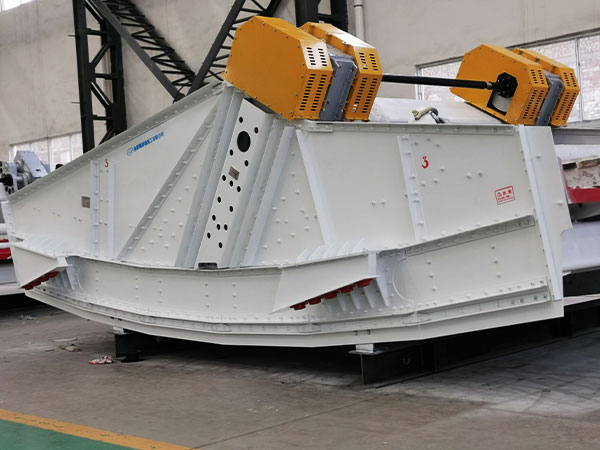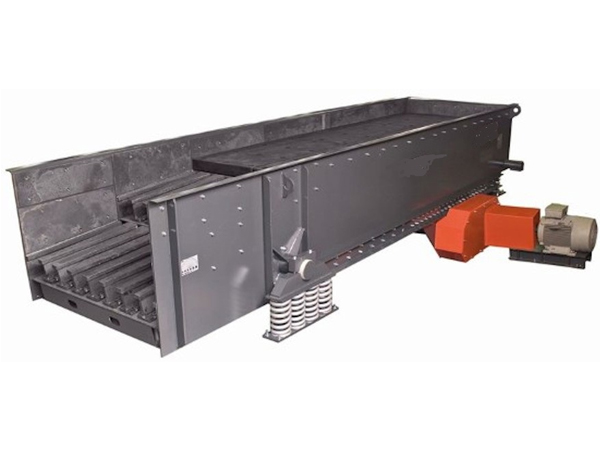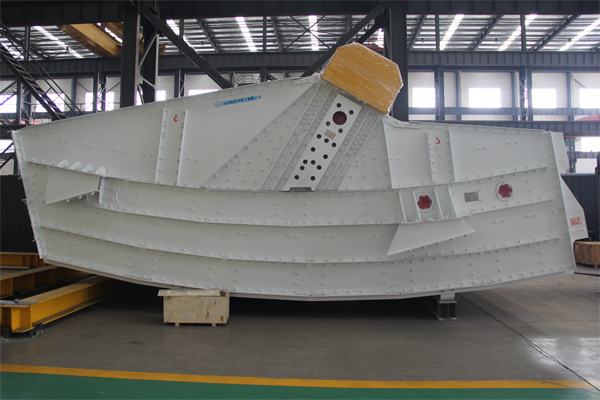What is the rotation direction of the dual motors of the vibrating screen?
The rotation direction of the dual motors of the vibrating screen is usually opposite. This rotation in opposite directions can form an up and down reciprocating motion, which helps to effectively separate and screen the materials during the screening process, and at the same time ensures that the vibrating screen can form an effective screening effect. The following is a detailed explanation of the rotation direction of the dual motors of the vibrating screen:
Vibrating screen dual motor rotation direction

1. The importance of the rotation direction of the dual motors of the vibrating screen
In the vibrating screen, the exciting force generated by the reverse rotation of the two vibrating motors offsets the lateral vibration, and the remaining vibration in the forward direction forms a jumping linear motion. This mode of movement allows the material to move forward in a straight line on the screen surface, thereby achieving the screening of the material.
2. The specific performance of the rotation direction of the dual motors of the vibrating screen
Reverse rotation: The two vibrating motors are installed on both sides of the screen box, and their rotation directions are opposite. One motor rotates to the left and the other rotates to the right.
Synchronous vibration: Although the rotation directions are opposite, the speeds of the two motors are synchronized, which ensures that the screen surface produces a stable vibration effect.
Angle adjustment: In order to meet the requirements of the vibration characteristics of the screen surface, the installation of the vibration motor usually has a certain angle, generally about 45 degrees. This angle has been adjusted at the factory to ensure that the vibrating screen can work properly.

3. The influence of the rotation direction of the dual motors of the vibrating screen
Screening effect: The counter-rotating vibration motor can produce a more uniform vibration effect, making the material more evenly distributed on the screen surface, thereby improving the screening efficiency and screening accuracy.
Equipment stability: Since the lateral excitation forces offset each other, the vibrating screen is more stable during operation, reducing the generation of shaking and noise.
Production efficiency: By adjusting the speed and angle of the vibration motor, it can adapt to different production needs and improve production efficiency.
4. Summary
In summary, the rotation direction of the dual motors of the vibrating screen is opposite. This design is to ensure that the vibrating screen can form an effective screening effect. During the use of the vibrating screen, it is necessary to pay attention to maintaining the synchronous vibration and angle adjustment of the two vibration motors to ensure the stability and screening efficiency of the equipment. At the same time, parameter adjustment according to specific production needs is also an important means to improve production efficiency.









